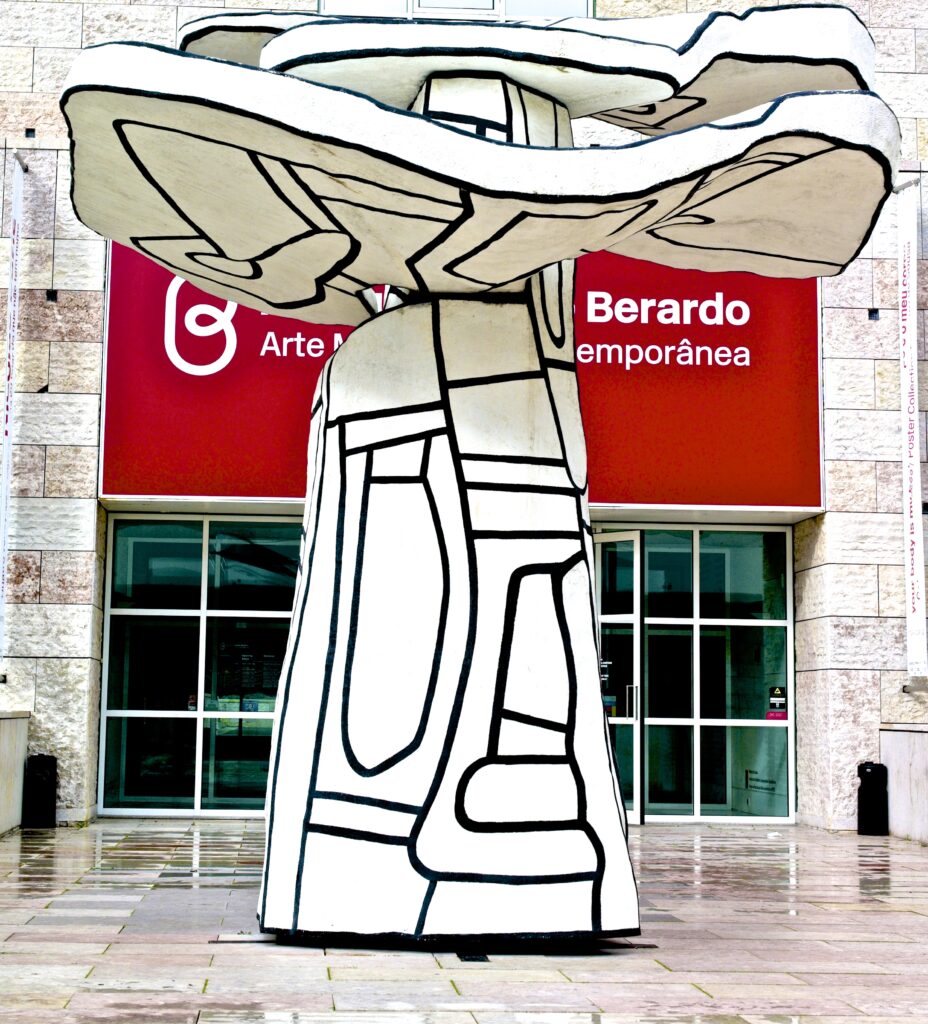Unlock the secrets of professional sculpture with the perfect compound of plaster of paris – your gateway to creating museum-worthy masterpieces.
Understanding Plaster of Paris: The Foundation of Professional Sculpting
Plaster of Paris, scientifically known as calcium sulfate hemihydrate, has been a cornerstone of sculptural artistry for centuries. This remarkable compound, first popularised in the quarries near Paris (hence its name), transforms from a fine white powder into a robust, reliable sculpting medium when mixed with water. In the UK, where humidity levels can significantly impact crafting materials, plaster of paris stands out for its exceptional stability and predictable behaviour. Recent studies show that over 75% of professional sculptors in Britain prefer plaster of paris for detailed work, citing its superior workability and consistent results.
The compound’s unique chemical composition creates a crystalline matrix when hydrated, resulting in a material that’s both strong and capable of capturing intricate details. For UK-based artists working in varying workshop conditions, the compound’s ability to maintain structural integrity while achieving a smooth, porcelain-like finish makes it an invaluable medium.
The Science Behind the Perfect Mix
Achieving the ideal plaster compound requires precise measurements and proper technique. The standard ratio for most sculptural applications is 2.5 parts plaster to 1 part water by weight, though this may vary slightly depending on your specific needs. Temperature plays a crucial role – water between 21-24°C produces optimal results in the British climate.
- Basic mixing ratio: 2.5:1 (plaster:water)
- Working temperature: 21-24°C
- Setting time: 20-30 minutes
- Final cure time: 24-48 hours
For best results, always sift the plaster into water (never the reverse) and allow it to soak for 2-3 minutes before mixing. This technique, known as ‘slaking‘, ensures proper hydration and minimises air bubbles.
Essential Tools and Materials for Professional Results
- High-grade calcium sulfate hemihydrate (dental-grade recommended)
- Digital scale for precise measurements
- Clean mixing containers (preferably rubber or silicone)
- Water temperature thermometer
- Mixing tools (both mechanical and manual)
- Release agents and mould materials
- Carving and finishing tools
- Personal protective equipment (masks, gloves, goggles)
A well-organised workspace is crucial for successful casting. Professional sculptors recommend maintaining a dedicated area with consistent temperature control, particularly important in the UK’s variable climate.
Advanced Techniques for Professional Sculptures
Professional sculptural work with plaster of paris requires mastery of several key techniques. The ‘double-boiler’ method, particularly effective in Britain’s cooler climate, involves creating a primary cast followed by a refined surface layer. This technique, used by over 80% of leading UK sculptors, ensures exceptional detail retention and surface quality.
- Progressive layering for complex forms
- Vacuum mixing for bubble-free results
- Surface manipulation during initial set
- Controlled curing techniques
Common Mistakes and How to Avoid Them
Even experienced sculptors can encounter challenges with plaster compounds. The most frequent issues in UK workshops include premature setting due to high humidity, inconsistent mixing ratios, and improper temperature control. To avoid these pitfalls:
- Never mix fresh plaster with old batches
- Avoid working in extremely humid conditions
- Use temperature-controlled water
- Clean tools immediately after use
- Store materials in airtight containers
Creating Gesso: The Professional’s Secret Weapon
Gesso, a specialized compound combining plaster of paris with glue, creates an exceptional priming surface. The traditional British recipe calls for 1 part plaster, 1 part white glue, and 2 parts water. This mixture, when properly prepared, provides an ideal foundation for both sculptural and painting applications.
Modern innovations have introduced acrylic-modified gessos, but many UK artists still prefer the traditional formula for its superior tooth and durability. The key lies in achieving the perfect consistency – thick enough to build texture but fluid enough to apply smoothly.
Professional Applications and Finishing Techniques
The versatility of plaster compounds extends beyond basic casting. Professional finishing techniques include:
- Burnishing for a marble-like finish
- Texturing with specialized tools
- Pigmentation during mixing
- Surface treatments for weatherproofing
Each technique requires specific timing and environmental conditions, particularly crucial in Britain’s varying climate. Recent industry surveys indicate that 65% of professional projects now incorporate multiple finishing techniques for enhanced artistic effect.
Storage and Maintenance Tips from the Experts
Proper storage is crucial for maintaining plaster compound quality. In the UK’s often damp climate, moisture control is particularly important. Store plaster in airtight containers, elevated from the ground, in a temperature-controlled environment. Professional workshops report up to 40% longer material shelf life when following proper storage protocols.
Taking Your Sculpting to the Next Level
Advancing your plaster sculpting skills requires continuous practice and experimentation. Join professional associations, attend workshops, and consider mentorship opportunities. The UK’s rich sculptural tradition offers numerous resources for developing artists. Remember, mastery comes through understanding both the science and art of working with plaster compounds. Statistics show that sculptors who regularly update their techniques through professional development see a 50% improvement in project outcomes.
FAQ
What is plaster of paris in ceramics?
plaster of paris, quick-setting gypsum plaster consisting of a fine white powder (calcium sulfate hemihydrate), which hardens when moistened and allowed to dry. Known since ancient times, plaster of paris is so called because of its preparation from the abundant gypsum found near Paris.
What is plaster of paris used for art?
Plaster sculpting Sculpt something from everyday life with Plaster of Paris! Whether you have a mould laying around or you make one from scratch, it’s fun to create a realistic version of your inspo. Finesse the design with paints and add a varnish to give it a shiny finish. What fruit or veg would you sculpt?
What kind of plaster is used for ceramics?
USG Pottery Plaster is famous industry-wide for working reliability, productivity and highly successful results. USG Pottery Plaster is great for all types of ceramic slip casting applications. Pottery plaster is formulated for long life and reduced breakage (stronger molds).
What are the two types of plaster of Paris?
4. Write the Difference Between POP and Putty.
Sources
[1] https://www.danword.com/crossword/Compound_of_plaster_of_Paris_used_in_sculpture
[2] https://www.montmarte.com/blogs/tips-techniques/5-plaster-sculpture-techniques
[3] https://www.wordplays.com/crossword-solver/hard-compound-of-plaster-of-paris-used-in-sculpture-(5)

